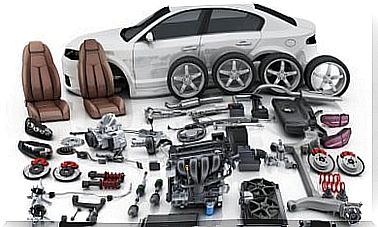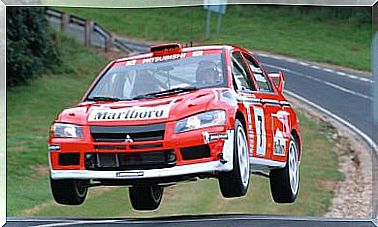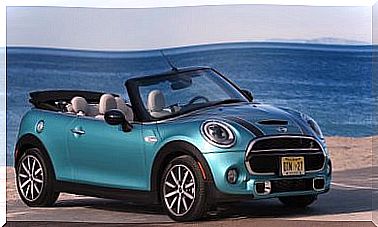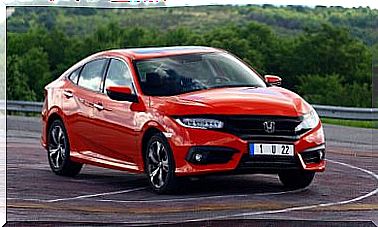Tips For Driving With A Trailer
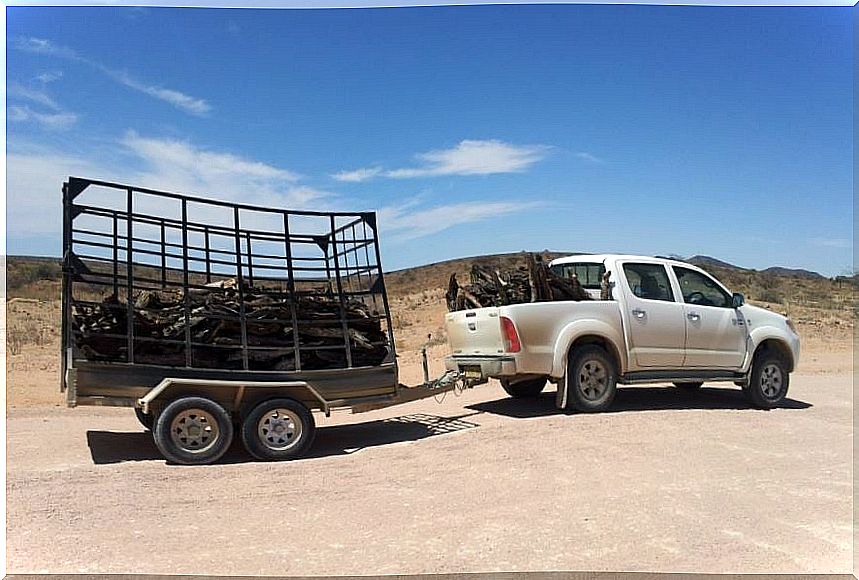
Driving with a trailer is not an entirely unusual situation. More and more drivers are venturing to carry these additional transports after their vehicles, all in search of more space for luggage, as well as for the transfer of motorcycles, boats or even a small room to sleep.
Almost any driver can venture to tow these extra loads; Only a few specific considerations must be addressed, as well as preparing the vehicles in the best way: both those that serve as engines, as well as those that are hooked up behind.
Previous preparation
Once we know that we are going to drive with a trailer, the first steps must be taken. What type of trailer is going to be transported? Initial considerations start from this question.
If it is a light unit, less than 750 kg, it is not necessary to register it, nor to pay extra insurance. (With the tow vehicle policy it will be enough). Similarly, the driving license that the driver must carry is Type B.
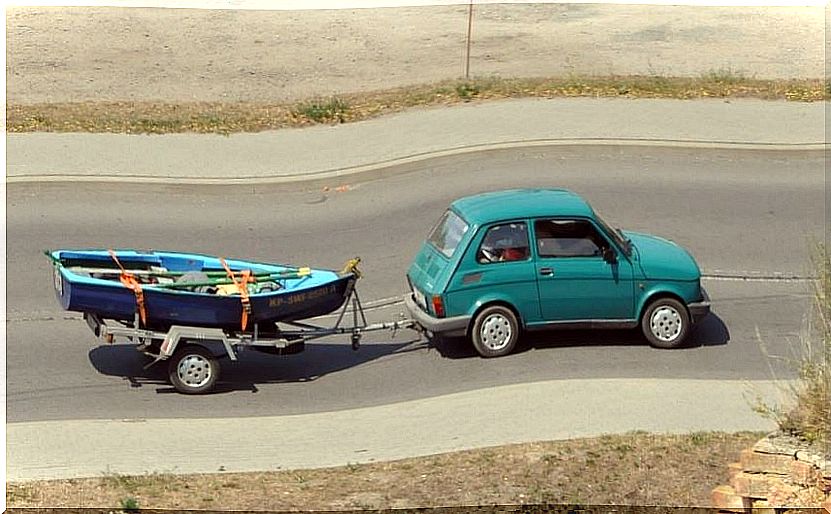
However, in the case of a non-light trailer, the considerations change. Additional transportation must be registered and have its own contract with an insurance company. Likewise, the minimum required driving license is Class C. (It may be higher, according to the load weight).
Where to hitch the trailer?
Before planning any excursion, a hitch ball must be fitted to the vehicle. The placement of this small accessory has to be notified to the insurance company; likewise, this arm must pass a rigorous technical revision.
How much weight can a car tow?
To know this figure, just review the technical manual. There, the maximum load that each vehicle can carry is indicated, adding the weight of the tugboat and the trailer. As a general rule, the additional load should never be more than half the weight of the main car.
Do some practice
While driving with a trailer is not particularly difficult, it is always preferable to take some practice in a clear area, before venturing down streets, avenues and highways. One of the maneuvers that demand the most attention is turning. The same as driving in reverse.
Balance the weight
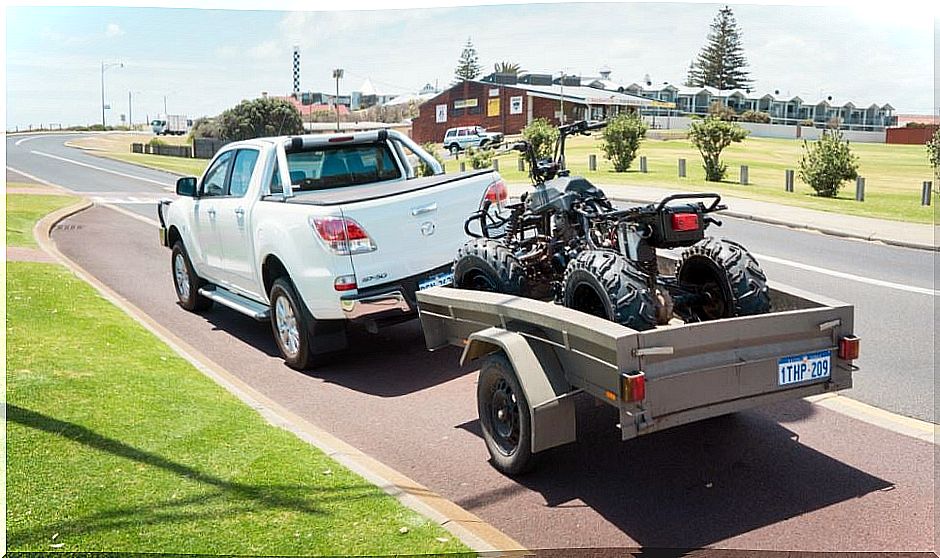
It is not one of the most widely observed standards, but it is always necessary. Excess weight represents a safety risk for the driver, as well as for other vehicles and pedestrians.
The ideal is to try to travel with the boot as clear as possible, so that the tail of the vehicle remains parallel to the road. In the case of towing, the load must be distributed in such a way that the center of gravity is just in front of the axles.
Final revision
With everything in order to start a trip, the trailer has to go through a final check. (The same as the towing vehicle). Lights and tires must be taken care of, as well as to verify that it is correctly anchored, without risk of detachment.
Driving with a trailer
When the time for action has come, the new driving conditions will be apparent to the driver as soon as the movement begins. The most striking thing is that the vehicle must use more force to move and adapt to the speed of the road. Nothing that a driver with common sense won’t be able to overcome.
Greater caution when braking and overtaking
It is advisable during motorway traffic to increase the margin of safety with respect to the cars in front. One of the aspects to take into account when driving with a trailer is that the vehicle will need more meters to stop.
Likewise, you must be aware that the car travels not only with extra weight, but also with additional meters. Therefore, when overtaking other vehicles, it should be considered that more space will be required to complete the maneuver.
Gusts of wind: a factor of real care
Crosswinds are responsible for a significant number of claims. Even experienced drivers who are alert to strong drafts can lose control of their vehicles.
When driving with a trailer, violent gusts of air become even more dangerous; the force they exert on the additional transport can be catastrophic. Given these conditions, the recommendation to follow will be to slow down to the maximum; in very extreme cases, stop driving completely.


